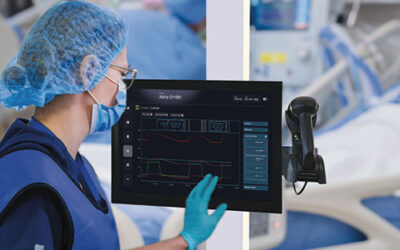The right telemedicine platform has specific features that can make your healthcare organization more efficient and able to offer new services to your patients. Telemedicine technologies give your clinical staff new treatment options without being disruptive.
1. Smooth integration
Telemedicine systems pair with other IT solutions. This compatibility makes it easy for staff members to quickly master and include telemedicine services in daily workflows. Data from an encounter can be stored and shared across software and throughout your organization. This integration promotes a connected, reliable continuum of care, even when patients are hundreds of miles away.
The growing inclusion of telemedicine in state and federal healthcare policies reinforces this trend. The technology is becoming a more mainstream and standard part of modern healthcare. As such, sub-specialties and partnering practices can be assured that the inclusion of telemedicine will be logistically sound and well integrated into larger operations.
2. Greater connectivity
Because EMR integration is reliable and effective, doctors can use digital health records alongside telemedicine to create strong relationships and more targeted treatment plans for patients. Images, physician notes and other crucial information from an appointment with a patient can quickly and easily be added to an EMR.
In this way, adopting a telemedicine system doesn’t undermine or detract from existing IT solutions. Instead it is a means of bringing modern healthcare to new patients and enhancing the digital tools you already have employed.
3. Sleeker design
Each year it seems computers, smartphones and other technologies are getting smaller and more powerful, and this trend extends to telemedicine. Gone are the days of bulky monitors and the incessant drone of a buzzing tower. Instead, the most modern telemedicine systems are mobile and compact. This makes it easier to integrate telemedicine services into your practice without worrying about the logistics of finding space.
At the same time, patients also benefit from the improved design of the latest telemedicine technology. Systems are easy to install at a partnering clinic or can be used directly at a patient’s home. Importantly, this increase in mobility hasn’t come with any compromises in image quality or computing power.
As more providers opt for paperless charts and other technology-based solutions, the telemedicine industry has also worked to become more modern. In this way, providers can promote efficiency and reliability while simultaneously reducing costs associated with paper records or clunky technology.





